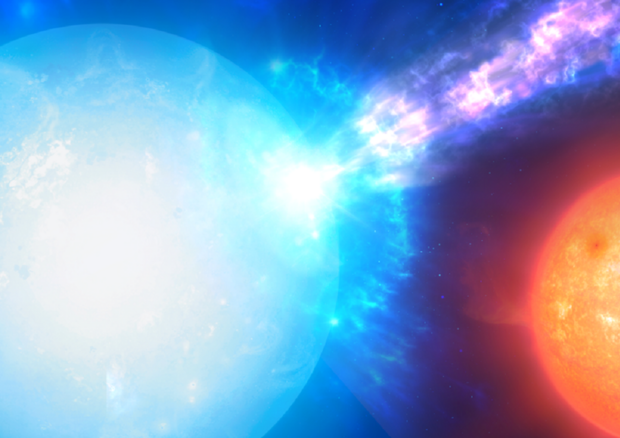
A new type of starburst has been discovered that challenges the current understanding of these phenomena. A macronova, in fact, is a small-scale version of a supernova: it is very powerful, but does not cover the entire surface of the star and lasts only a few hours, which makes it extremely difficult to observe it. discovery, published In the journal Nature by an international group of astronomers led by Britain’s University of Durham, points out that micronovas can be very common in the universe.
The researchers observed these explosions, which are able to quickly burn an amount of material equivalent to 3.5 billion Khufu pyramids on the surface of three white dwarfs, which leads to the death of stars with masses similar to the mass of the Sun but close to those on the surface of the Earth. The bright but very short flashes of light were detected thanks to NASA’s Tess Space Telescope (Transiting Exoplanet Survey Satellite), which is typically used to search for planets outside the Solar System, and was later confirmed by the Very Large Telescope (Vlt) of the European Southern Observatory (Eso).
Micronova arose due to white dwarfs falling matter (mainly hydrogen) onto their surface stolen from companion stars: as hydrogen approaches the glowing surface, its atoms fuse to form helium and thus trigger an explosive reaction. This is the same mechanism underlying supernovae, but in this case hydrogen fusion was directed and contained by the strong magnetic fields on the observed stars, making the explosions more specific.
Reproduction is reserved © Copyright ANSA


